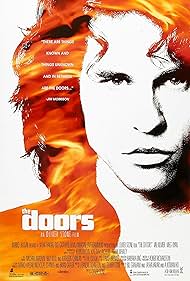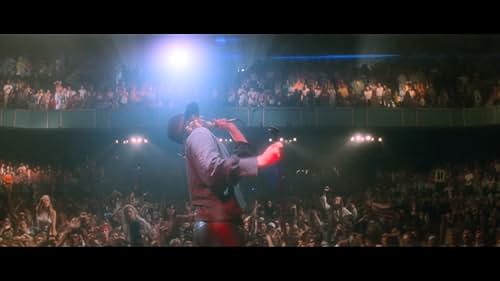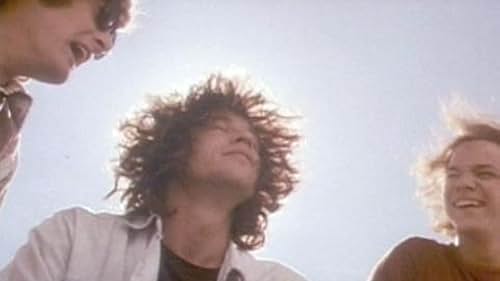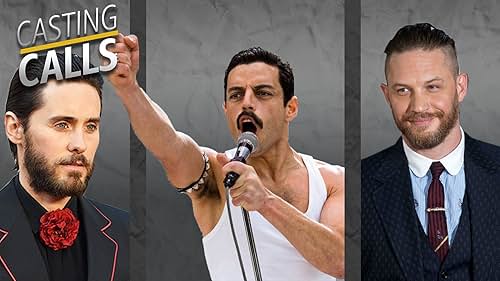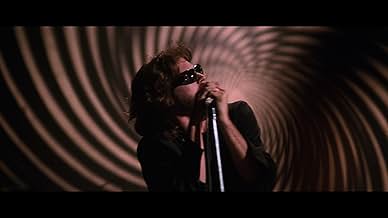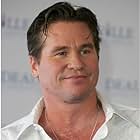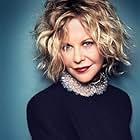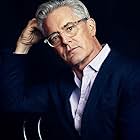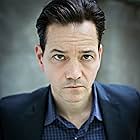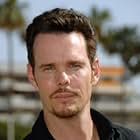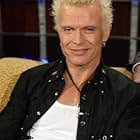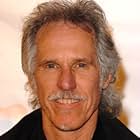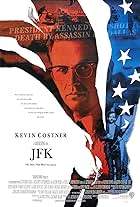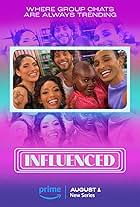IMDb RATING
7.2/10
101K
YOUR RATING
The story of the famous and influential 1960s rock band The Doors and its lead singer and composer, Jim Morrison, from his days as a UCLA film student in Los Angeles, to his untimely death i... Read allThe story of the famous and influential 1960s rock band The Doors and its lead singer and composer, Jim Morrison, from his days as a UCLA film student in Los Angeles, to his untimely death in Paris, France at age 27 in 1971.The story of the famous and influential 1960s rock band The Doors and its lead singer and composer, Jim Morrison, from his days as a UCLA film student in Los Angeles, to his untimely death in Paris, France at age 27 in 1971.
- Awards
- 3 nominations
Floyd 'Red Crow' Westerman
- Shaman
- (as Floyd Red Crow Westerman)
- Director
- Writers
- All cast & crew
- Production, box office & more at IMDbPro
Storyline
Did you know
- TriviaRobby Krieger, the guitarist in The Doors, insisted that the scene showing the band rehearsing "Light My Fire" makes this clear that he, not Jim Morrison, composed the song.
- GoofsWhen Jim Morrison is on a window ledge in 1971, a billboard advertising Another 48 Hrs. (1990) is visible.
- Quotes
Jim Morrison: Some of the worst mistakes of my life have been haircuts.
- Alternate versionsA special edition of the movie was released in 1997 on laserdisc with additional scenes that were cut from the movie:
- A scene taking place circa 1965 with Jim Morrison (Kilmer) jamming onstage with Ray's band, adding obscene lyrics to the Van Morrison song "Gloria."
- 2 additional scenes of a bearded Jim reciting poetry in the recording studio.
- Additional footage of Jim singing "The Unknown Soldier" at the New Haven concert.
- A scene of Jim getting roughed up and harrassed in jail by police officers after being arrested at the New Haven concert.
- Jim in his hotel room with 2 young women and Pam (Meg Ryan) yelling at him from outside.
- Additional footage in the scene where Jim is on an airplane en route to Miami.
- Additional scene at the end with Jim and Ray (Kyle Machlachlan) walking around Venice and talking before he departs for Paris.
- Jim and Pam talking in the airplane en route to Paris.
Featured review
Although less popular now, Jim Morrison was an American pop culture icon during the late 1960s. He liked to refer to himself as "Mr. Mojo Risin", an anagram of his name. Oliver Stone's film "The Doors" is mostly about Morrison ... his rise to stardom in the 1960s, his personality, and his mysterious death in 1971.
Influenced in childhood by American Indians, Morrison grew up fascinated with Indian Shamanism, elements of which he would later infuse into his poetry and music while hanging out in the mid 60s in the hip areas of Los Angeles. Here he would meet musician Ray Manzarek (Kyle MacLachlan). Along with two other band members, the group would form "The Doors", a name Morrison borrowed from the title of Aldous Huxley's book on drug use and enlightenment, called "The Doors Of Perception". During this time Morrison comes across as sensitive, shy, poetic, and an idealistic dreamer. The film's first hour is quite good. We get some insights into Jim's early years, and we get to hear some of that great music, like "Riders On The Storm", and "Light My Fire".
The film's second half is less interesting. Morrison himself has changed, as a result of his celebrity status. His narcissism, his boozing and drug use, have turned his world into chaos, which is evident in a couple of staged concert events, one in New Haven, the other in Miami. The amount of time that Oliver Stone spends on these noisy, chaotic events is excessive. Some of that could have been edited out.
As with most Stone films, the cinematography in "The Doors" is excellent, and includes some early CGI. Val Kilmer is a great choice to play the part of Morrison. And Kathleen Quinlan is good as Patricia, the seductive witch. The film's images at the cemetery in Paris, together with Gothic background music, make for a haunting finale.
Stone's movie is not to be taken in a literal sense. Rather, it is suggestive of the complex mix of personal and cultural forces that interacted to create a pop culture legend. As a byproduct of this cinematic tribute, the viewer gets to see how the late 1960s really were, with the art deco, the hippie lingo, and all that hostility that existed in society. The film thus counters the political revisionism that later decades have assigned to that period. As such, "The Doors" complements and reinforces other films of that era which also "tell it like it really was": "Medium Cool", "Easy Rider", "Alice's Restaurant", and "Zabriskie Point", to name a few.
Despite a noisy, irksome second half, "The Doors" is an intriguing film about an intriguing historical figure. Mr. Mojo Risin's "style" may have died with the times. But Jim Morrison, himself, lives on ... as legend.
Influenced in childhood by American Indians, Morrison grew up fascinated with Indian Shamanism, elements of which he would later infuse into his poetry and music while hanging out in the mid 60s in the hip areas of Los Angeles. Here he would meet musician Ray Manzarek (Kyle MacLachlan). Along with two other band members, the group would form "The Doors", a name Morrison borrowed from the title of Aldous Huxley's book on drug use and enlightenment, called "The Doors Of Perception". During this time Morrison comes across as sensitive, shy, poetic, and an idealistic dreamer. The film's first hour is quite good. We get some insights into Jim's early years, and we get to hear some of that great music, like "Riders On The Storm", and "Light My Fire".
The film's second half is less interesting. Morrison himself has changed, as a result of his celebrity status. His narcissism, his boozing and drug use, have turned his world into chaos, which is evident in a couple of staged concert events, one in New Haven, the other in Miami. The amount of time that Oliver Stone spends on these noisy, chaotic events is excessive. Some of that could have been edited out.
As with most Stone films, the cinematography in "The Doors" is excellent, and includes some early CGI. Val Kilmer is a great choice to play the part of Morrison. And Kathleen Quinlan is good as Patricia, the seductive witch. The film's images at the cemetery in Paris, together with Gothic background music, make for a haunting finale.
Stone's movie is not to be taken in a literal sense. Rather, it is suggestive of the complex mix of personal and cultural forces that interacted to create a pop culture legend. As a byproduct of this cinematic tribute, the viewer gets to see how the late 1960s really were, with the art deco, the hippie lingo, and all that hostility that existed in society. The film thus counters the political revisionism that later decades have assigned to that period. As such, "The Doors" complements and reinforces other films of that era which also "tell it like it really was": "Medium Cool", "Easy Rider", "Alice's Restaurant", and "Zabriskie Point", to name a few.
Despite a noisy, irksome second half, "The Doors" is an intriguing film about an intriguing historical figure. Mr. Mojo Risin's "style" may have died with the times. But Jim Morrison, himself, lives on ... as legend.
- Lechuguilla
- Apr 22, 2006
- Permalink
- How long is The Doors?Powered by Alexa
Details
- Release date
- Countries of origin
- Language
- Also known as
- 門
- Filming locations
- Production companies
- See more company credits at IMDbPro
Box office
- Budget
- $38,000,000 (estimated)
- Gross US & Canada
- $34,416,893
- Opening weekend US & Canada
- $9,151,800
- Mar 3, 1991
- Gross worldwide
- $34,494,884
Contribute to this page
Suggest an edit or add missing content

